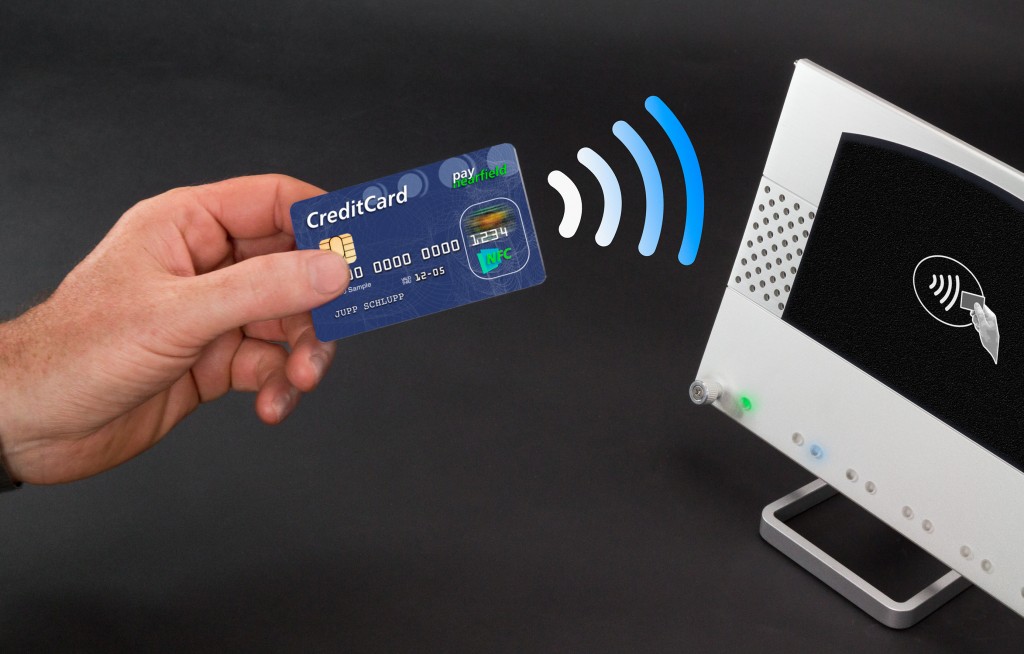Do EMV cards mean check fraud will be on the rise? Feb 1st
EMV cards have been pushed by financial institutions and retailers because they are significantly safer than traditional credit cards. Traditional credit cards keep their data on a magnetic strip that is swiped in order to make a transaction. With EMV cards, the data is stored in a chip inside of the card, which is then placed inside of a reader, where each transaction is encrypted. The extra layer of encryption helps to make the transactions harder to crack, which deters hackers and data thieves who are looking to make a quick buck.
Most companies now have electronic check processing from eMerchantBroker.com, or another payment processor. They need to offer more types of payment, especially with customers becoming more savvy when it comes to paying with a smartphone. However, even though EMV cards have made payments safer, that doesn’t mean that hackers are going away. Hackers are always evolving, changing their methods, and adapting to new technology. Because it is more difficult to hack credit card numbers and customer data from EMV cards, hackers are turning towards an older, less complex technology in order to steal their money—checks.
You wouldn’t think that checks are used much anymore, let alone as a source of fraud. But that’s exactly why hackers are starting to switch over. Because it is presumed that less people are using less checks, there is less attention on fraud from check transactions. But as more people switch to EMV cards, check fraud is actually rising. Losses from check fraud is still estimated at three quarters of a billion dollars each year, and they are still affecting a variety of different financial institutions.
If you are looking to avoid check fraud, you might want to look into electronic checks. Electronic checks can be deposited almost immediately and there is virtually no risk of theft. If you still want to work with paper checks, then make sure that you know how to put out a stop payment order in case the check falls into the wrong hands.
Feb 1st
EMV cards have been pushed by financial institutions and retailers because they are significantly safer than traditional credit cards. Traditional credit cards keep their data on a magnetic strip that is swiped in order to make a transaction. With EMV cards, the data is stored in a chip inside of the card, which is then placed inside of a reader, where each transaction is encrypted. The extra layer of encryption helps to make the transactions harder to crack, which deters hackers and data thieves who are looking to make a quick buck.
Most companies now have electronic check processing from eMerchantBroker.com, or another payment processor. They need to offer more types of payment, especially with customers becoming more savvy when it comes to paying with a smartphone. However, even though EMV cards have made payments safer, that doesn’t mean that hackers are going away. Hackers are always evolving, changing their methods, and adapting to new technology. Because it is more difficult to hack credit card numbers and customer data from EMV cards, hackers are turning towards an older, less complex technology in order to steal their money—checks.
You wouldn’t think that checks are used much anymore, let alone as a source of fraud. But that’s exactly why hackers are starting to switch over. Because it is presumed that less people are using less checks, there is less attention on fraud from check transactions. But as more people switch to EMV cards, check fraud is actually rising. Losses from check fraud is still estimated at three quarters of a billion dollars each year, and they are still affecting a variety of different financial institutions.
If you are looking to avoid check fraud, you might want to look into electronic checks. Electronic checks can be deposited almost immediately and there is virtually no risk of theft. If you still want to work with paper checks, then make sure that you know how to put out a stop payment order in case the check falls into the wrong hands.



